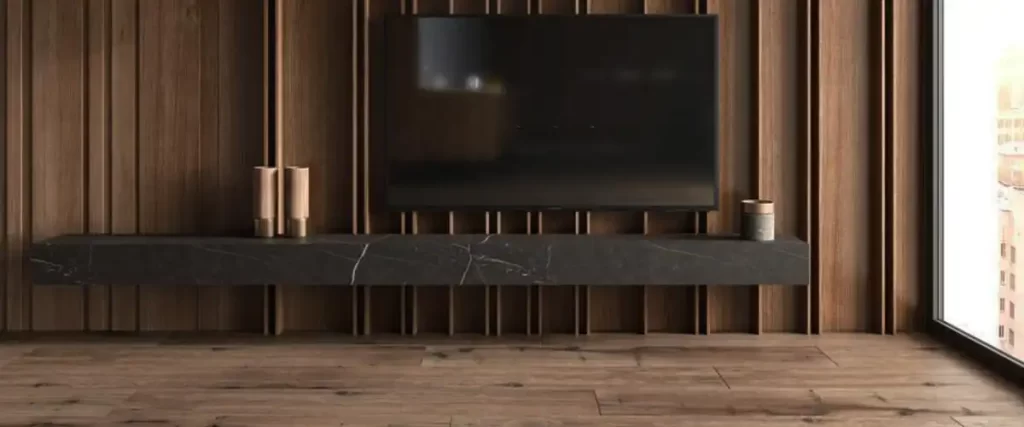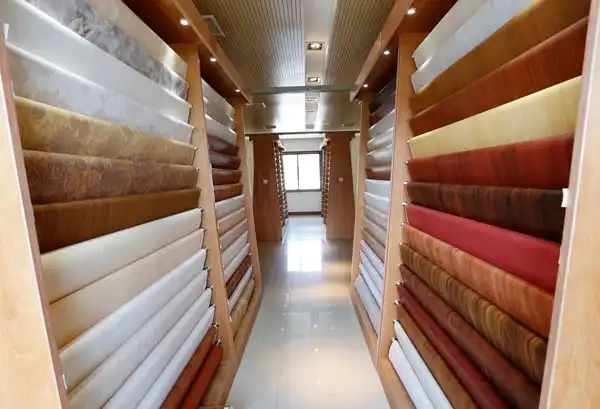Exploring the Versatility of Decorative Panels in Furniture Design
Decorative wall panels are an easy way to add visual interest to a room. Whether incorporating a wood panel with a woven design or creating a striking punched tin wall, these panels are versatile and easy to install.
Fluted wood has a unique texture that brings depth and dimension to any piece of furniture. The grooves in the wood create highlights and shadows that capture light.
Wood
Wood wall panels work well with a variety of interior design styles. Clean modern wood paneling fits nicely with most design themes, as do heavy rustic planks featuring saw marks and nail holes. Even reclaimed barnwood panels that are milled to have a new finish often have tones and shades of color from their past lives.
When incorporating a traditional wooden panel in a modern space, add wood trim or molding around it. A simple chair rail or wainscoting will give your space a custom look that’s easy for homeowners to install themselves.
The woven design of this room partition shows how wood panels can be used to create unique spaces for both functional and decorative purposes. This particular design uses a combination of oak and reclaimed Douglas Fir to create an elegant space that works well with a wide range of decor styles. Solid wood furniture and room décor accessories match beautifully with these wall panels, creating a natural style that’s both classic and stylish.
Metal
Metal decorative panels offer a variety of styles that can transform the look and feel of any space. From perforated facades to infill panels, the range of patterns is endless. Laser cutting technology allows designers to create unique, durable and stylish metal paneling.
When combined with wood, a simple wrought iron decorative panel can give any living room a modern edge. The geometric pattern in this design makes it an eye-catching centerpiece for the space.
Decorative metal wall panels can also have functional value. The holes in the metal allow light and air to pass through, while blocking harmful UV rays. They are also easy to engineer if the material and overall structure are predictable.
Perforated metal wall panels can work well in any contemporary interior design. They provide a strong visual impact with their sleek, clean appearance. For a more subtle design, you can opt for the Bubbles pattern. Its open and light appearance is perfect for any waiting or lobby area.
Glass
Glass decorative panels can be used to add a luxurious touch to hospitality spaces. They are available in a range of colors and textures, and can be customized to meet the needs of each space. They can also be combined with other materials to create a unique look.
Using glass in hospitality spaces can help to create an open and airy feel. It can also help to improve lighting and make the space feel larger. It can be used in walls, partitions, and doors to create a beautiful design that will stand the test of time.
Glass can also be used to create a unique look by printing designs or images on it. This is a great way to add a personal touch to a space and create a one-of-a-kind art piece. This is an excellent option for a hotel that wants to add a unique touch to its decor. It is also a sustainable design choice, as it can reduce energy costs by allowing natural light to flood a room.
Fabric
Decorative panels are made from various materials, including wood, glass and fabric. They offer a unique opportunity for designers to add texture and dimension to walls, making them an essential decor element. They also provide a creative alternative to traditional wall coverings such as wallpaper or paint.
For example, a wood panel might be used in a wall accent or as wainscoting. It can be stained, painted or waxed to match other wood furnishings.
Similarly, fabric panels can be sewn into quilts, wall hangings and other crafts. Some fabric panels are designed as a whole design, like flowers or licensed characters, and can be purchased along with project kits from the manufacturer.
When using fabric for upholstered wall and wrapped panel applications, it’s important to choose a wipeable fabric that’s bleach cleanable.
Also, consider whether you want the fabric to be railroaded, which eliminates vertical seams and requires less yardage. Basic sewing supplies are required to complete your fabric panel project.



